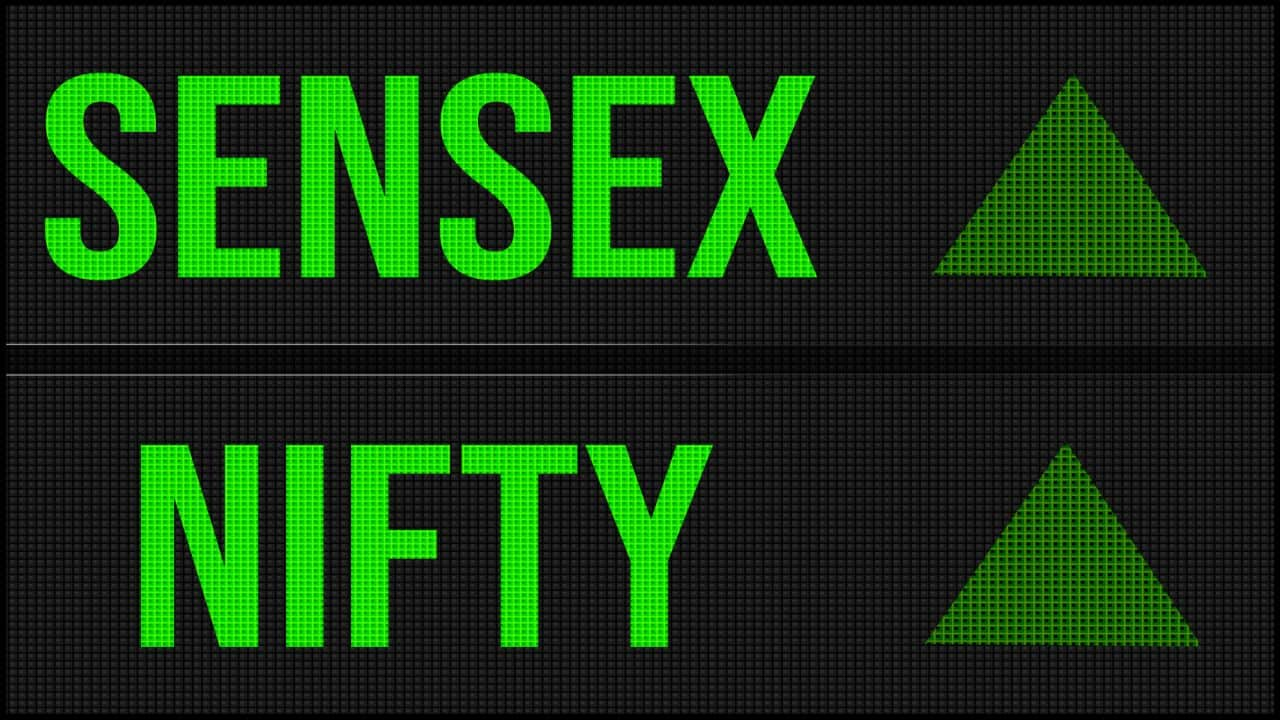 |
|
The Indian equity market experienced a significant turnaround on January 14th, ending a four-day losing streak with considerable gains. The Sensex, a key benchmark index, closed at 76,499.63, marking a 169.62-point increase (0.22 percent). The Nifty, another prominent index, also showed robust growth, closing at 23,176.05, a surge of 90.10 points (0.39 percent). This positive performance contrasts sharply with the preceding four days of decline, offering a much-needed relief for investors. The recovery was broad-based, with most sectors participating in the upward trend, a testament to the resilience of the Indian economy and investor confidence.
However, the gains weren't uniform across all sectors. While the majority saw positive growth, the Information Technology (IT) and Fast-Moving Consumer Goods (FMCG) sectors lagged behind, exhibiting weaker performance compared to their counterparts. This sector-specific divergence highlights the nuanced dynamics within the market, indicating that the overall positive sentiment may not be universally felt across all industry segments. Notable gainers in the Nifty included Adani Enterprises, Adani Ports, NTPC, Hindalco, and Shriram Finance, while significant losses were observed in companies such as HCL Tech, HUL, Apollo Hospitals, Titan Company, and TCS. This suggests a shift in investor focus towards certain sectors and potentially a reevaluation of individual company prospects.
The broader market also performed exceptionally well, with midcap and smallcap indices experiencing even more substantial gains. The BSE Midcap index soared by 2 percent, and the smallcap index climbed by 1.7 percent, significantly outpacing the performance of the benchmark indices. This outperformance suggests strong investor interest in smaller and mid-sized companies, indicating optimism about their growth potential and future prospects. This trend reflects a potential shift in investment strategies, with some investors seeking higher-growth opportunities beyond large-cap companies.
Despite the positive market movement, a significant number of stocks hit their 52-week lows on the BSE. Over 200 stocks reached this milestone, underscoring the volatility and risk inherent in the market. Prominent companies among these included Cello World, Mahindra Life, Mahindra Holiday, Sterling Wilson, Asian Paints, Kansai Nerolac, Sanofi India, Balaji Amines, Relaxo Footwear, Elgi Equipments, MRF, Grindwell Norto, Delhivery, Adani Wilmar, AIA Engineering, LIC India, Capri Global, and many others. This highlights the challenges faced by certain companies and the need for investors to carefully assess risk factors before making investment decisions. The divergence between the overall market performance and the substantial number of stocks hitting 52-week lows necessitates a deeper examination of individual company fundamentals and market conditions.
Analyst perspectives provide further insight into the market's current state and future trajectory. Jatin Gedia, a technical research analyst at Mirae Asset Sharekhan, noted the Nifty's temporary relief rally after recent declines. He cautioned that the downtrend might still be in place, viewing any minor pullbacks towards resistance zones as selling opportunities. Gedia expects the Nifty to drift lower toward 23000-22670 in the short term, only projecting a continued upward trend above 23340. This outlook suggests a cautious approach, highlighting the potential for future volatility and the need for investors to carefully monitor market trends.
Aditya Gaggar, Director of Progressive Shares, offered a similar perspective, characterizing the day's gains as a modest relief after a recent sell-off. He pointed to the formation of a Gravestone Doji and a Bullish Harami candlestick pattern on the daily chart, combined with a probable bullish divergence in the RSI, as potentially indicating a reversal. However, Gaggar emphasized the need for a firm close above 23,360 to validate this reversal. He identified immediate resistance at 23,300 and strong support at the psychological level of 23,000. This analysis underscores the need for cautious optimism, highlighting the importance of close market observation and the need for a confirmed break above key resistance levels before considering the reversal as fully confirmed.
In conclusion, the Indian equity market's rebound on January 14th offered a respite after several days of declines. While most sectors participated in the upturn, the overall market performance is marked by significant divergence, with the broader markets outperforming the benchmark indices and a substantial number of stocks hitting 52-week lows. Analyst perspectives offer cautious optimism, emphasizing the potential for continued volatility and the need for investors to monitor market conditions carefully before making investment decisions. The situation requires further observation to determine the sustainability of this recovery and the overall direction of the market in the coming days and weeks. It is essential for investors to perform their own due diligence and seek professional financial advice before making any investment decisions, given the complexities and inherent risks involved.
Source: Taking Stock: Market snaps 4-day fall; Sensex up 170 pts, Nifty above 23,150
